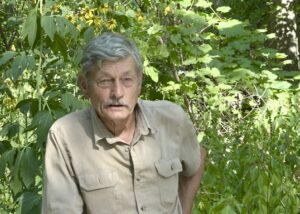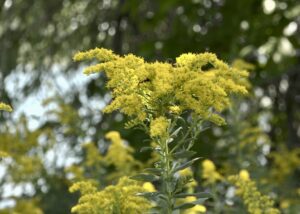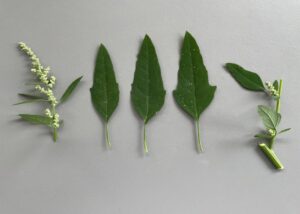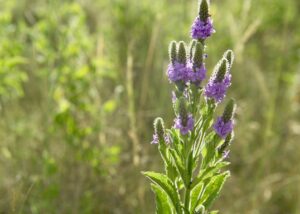Habitat
Plant Uses
anti-inflammatory, antiviral, Covid-19Video Presenter
Linda Black Elk & John MionczynskiCovid-19 Plant Medicines
With the onset of the covid-19 pandemic many people began looking into foods and herbal medicines that have known antiviral benefits. There are many readily available antivirals such as seafoods rich in zinc, which is essential for immune system proteins; Echinacea, an herb with clinically studied antiviral affects; Elderberry extracts used to reduce fever and inhibit functioning of protein pikes on viral bodies, and Vitamin C from fruits and berries or supplements.
Traditional ethnobotanist, Linda Black Elk, gives a very comprehensive examination of Lakota/Dakota plant medicines she uses for covid-19 infection. She stresses the importance of the powerful anti-inflammatory species: wormwood, goldenrod, yarrow, gumweed, and stinging nettle, as well as the healing influence of yarrow as a secondary benefit and details the specific effects of each plant medicine on the body.
She also describes the more general antiviral remedy called “fire cider” made of a mixture of pungent, hot, spicy ingredients in apple cider vinegar, which can also be taken with the covid remedy.
In the video below ethnobotanist John Mionczynski introduces 5 traditional native plants that are less well known outside reservations, but reasonable additions to any natural antiviral regimen especially targeting the covid sars virus. He explains the rationale behind the use of each of these Native American medicine plants as they apply to SARS-CoV-2.
These presentations are for general information regarding Native American medicines. You should visit a qualified medical professional when illness strikes and always consult your doctor before taking any plant medicines, as they may react with other medications.
An additional word about gumweed.
Native wisdom includes the knowledge that some medicine plants are only medicinal under certain conditions. Such is the case with gumweed (Grindelia squarrosa). It is only fully effective as a medicine when it is in full bloom, and it must be growing in the proper soil for nutrients. Sedimentary soil like limestone derived soils or desert badland alluvial fans (eroded washouts from clay or sand hills) usually contain mineral concentrations much greater that granite or basaltic soils. So, this plant is more potent in low valley or even desert locations than higher mountainous terrain.
In the mineral rich soils of the low country, gumweed can be such a potent medicine that its selenium content makes it poisonous to animals and people, so dosage becomes very important. In a good location any more that 3 leaves of Grindelia squarrosa can cause mild selenium poisoning!
It is always best to seek the advice of someone who knows these plants well before attempting to use them.






